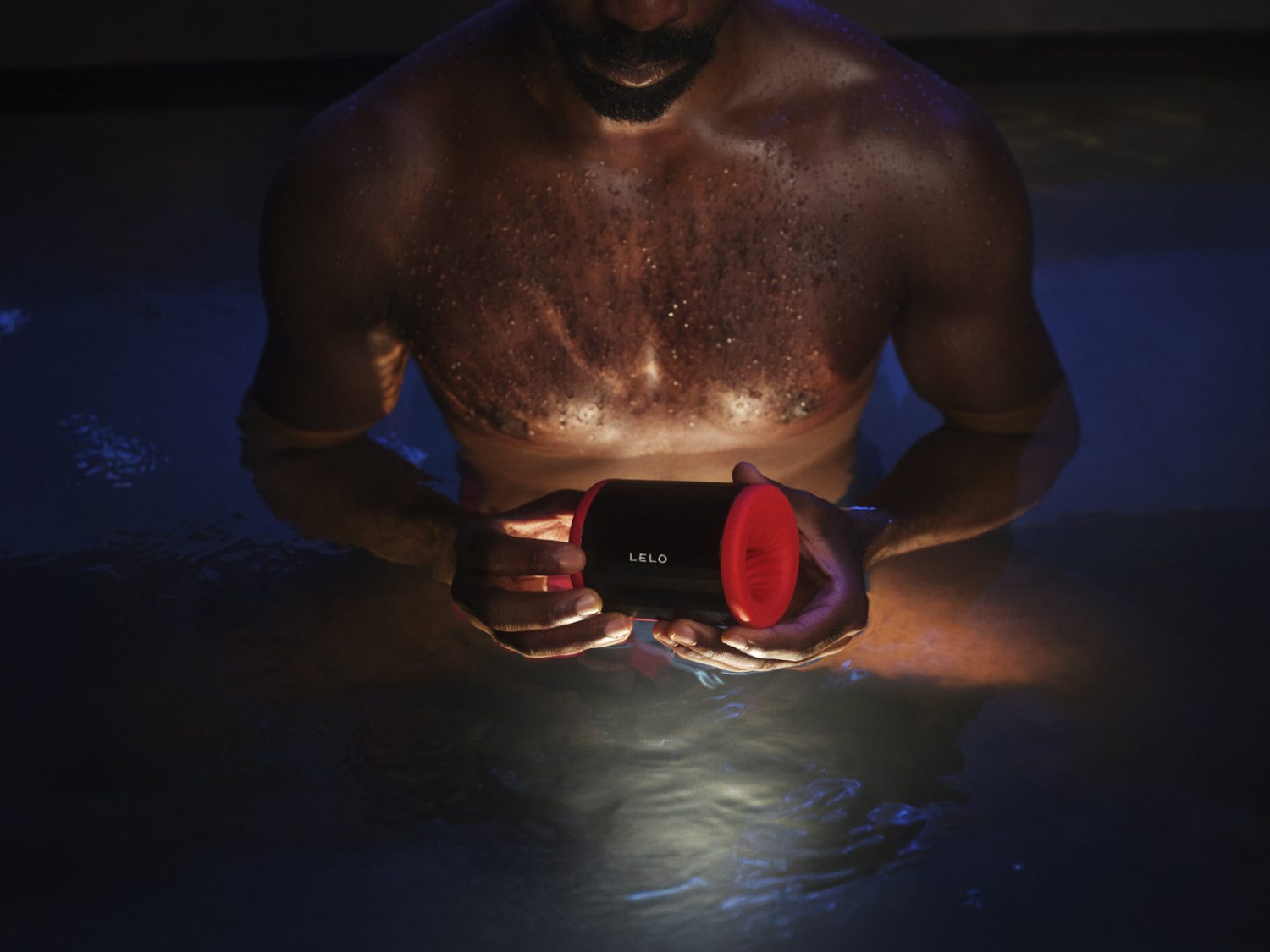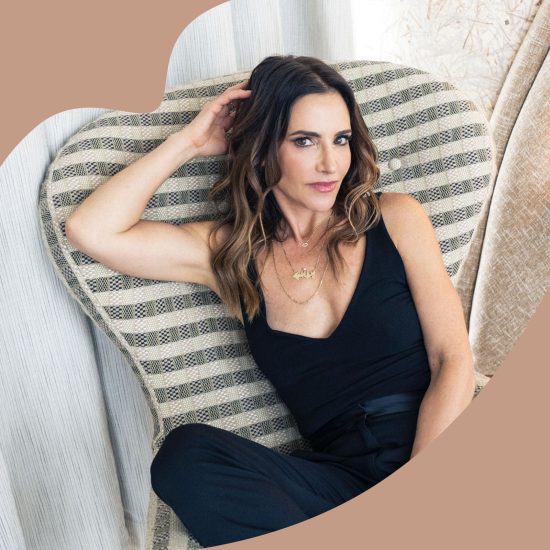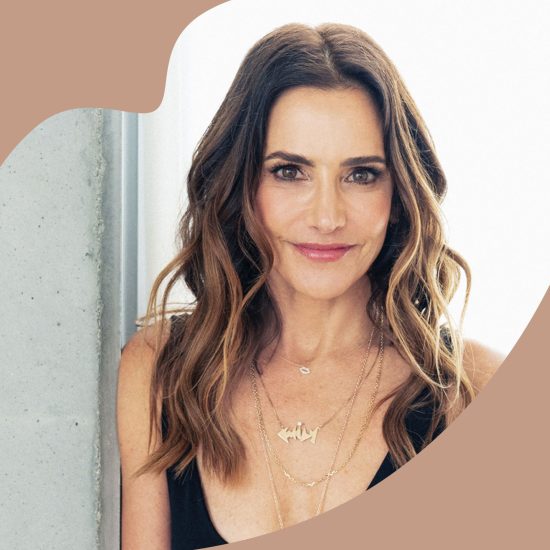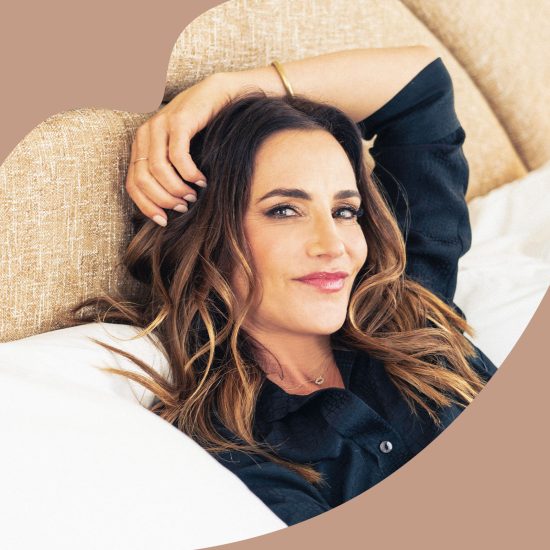Dear Emily,
I would love for my partner and I to start couple’s counseling or some sort of therapy together, but I’m not sure how to approach it. How would you suggest I bring it up, so that hopefully they see the value in it, and say yes?
Therapy Hopeful
* * *
Dear Therapy Hopeful,
First of all, I want to commend you for taking such a mature step. You’ve recognized that it’s time to do some internal work, and as a therapy veteran myself, I can’t recommend it highly enough. I think you’re going to see a lot of benefits, and learn a ton in the process: about yourself, about your partner, and about your patterns and communication.
Now then: how do you take this positive desire, and turn it into couples counseling?
I think it’s helpful to keep an open mind, and realize that even if your partner initially doesn’t want to go to couple’s therapy, there’s nothing stopping you from going to a therapist on your own. You can get a lot of support by learning how to create boundaries, and how to articulate your needs. But since you asked about going together, here are some tips to help you broach this important conversation:
1. Set yourself up for success.
And by that I mean: be intentional about when and where you have “the talk.” When it comes to conversations like these, I live by the three T’s: timing, tone, turf. Here’s a quick and dirty guide for that: choose a time when you’re both calm and awake (not tired, drunk, or hungry), use a compassionate tone with lots of “I” statements, and select a neutral location, such as an evening walk or the kitchen table.
2. Frame therapy as a way to improve the relationship, not a way to improve them.
It’s a subtle but critical distinction: couples counseling is designed to treat a relational dynamic, and not necessarily to “fix” one person or the other. For example, when you approach your partner, try this:
“I’ve been curious about therapy as a way to maintain our relationship, and make it even more healthy and pleasurable. What do you think?”
What we want to avoid is blame. For example: “you are so jealous and it’s a major turn-off for me,” or, “you won’t open up about sex and I’m super frustrated about it.” Trust me, you may feel those things!
But at the end of the day, the “client” in couples counseling is the relationship itself. This is also a disarming way to introduce the idea to your partner, especially if you discuss it as an investment. For example: “this relationship means the world to me, and I want to put in the time and resources to make it amazing.”
3. Look for common ground.
If you’re craving therapy, chances are there are issues in the relationship that you both feel. But rather than saying something like “our sex life is bad, wouldn’t you agree?” try reading up on nonviolent communication principles.
Developed by Marshall Rosenberg, NVC (nonviolent communication) is a practice based on the idea that all humans have the capacity for compassion, and only resort to harmful behaviors when they don’t know more effective strategies for meeting their needs. You both have needs in this relationship, so what are they?
By asking open-ended questions to your partner about the relationship, you can respond by affirming their desires, sharing your own, and finding common ground. For example: “I love how you say that sex is important to you. It is for me, too! I’d love to learn some strategies to keep our sex life vibrant.”
4. Normalize therapy with examples.
Some folks have internalized a resistance to therapy, believing it’s a) not necessary – they can fix problems on their own, b) an admission of relationship defeat or c) something only “out there” people need. Of course, all of those are echoes of stigma, not statements of fact.
I find it helps therapy-reluctant partners to see people like them doing the work, and loving it. Shows like Ted Lasso model therapy in action (among a group of men); more athletes and hip-hop artists are opening up about mental health, and the difference counseling has made for them. You don’t necessarily need to use these examples to build a convincing case, but you can create a “pro therapy environment” by sharing pop culture moments with your partner that highlight the value of this tool.
5. Recognize practical barriers.
Therapy requires time and money, in addition to vulnerability (with a stranger)! So if your partner is open to couples counseling, but wary of these barriers, be empathetic and collaborative. These days, there are online therapy platforms that allow you to meet with therapists remotely (cutting way down on commute time); you can also find practitioners with a sliding scale, to help you do therapy on a budget.
6. Be OK with planting a seed.
Personally, I think everyone would benefit from therapy and look forward to the day it’s just as routine as going to the gym or visiting the dentist. Therapists are experts who are trained in trauma, triggers, shame, and vulnerability, and when you’re in a relationship, all of these are going to come out. (Or get exacerbated.) We carry stories from our childhood that are imprinted on our brains and body, and it’s through relationships that these stories are expressed. But it’s through therapy that we recognize those stories, and heal old wounds.
Not everyone is going to see it that way, of course. So you may find that you introduce the idea now, and don’t get an immediate yes. That’s OK! Sometimes, people need to warm up to the idea of therapy before they go, and simply by introducing the concept, you’re one step closer to normalizing it.
I hope these tips help you, Therapy Hopeful. Doing this work can be difficult, so it’s understandable if a partner feels wary. But by giving a therapist the opportunity to “hear their side” in addition to yours, they’ll be able to assess the health of a relationship, including areas where you already shine. Good luck with the talk, and I wish you the best.
xx,
Emily









